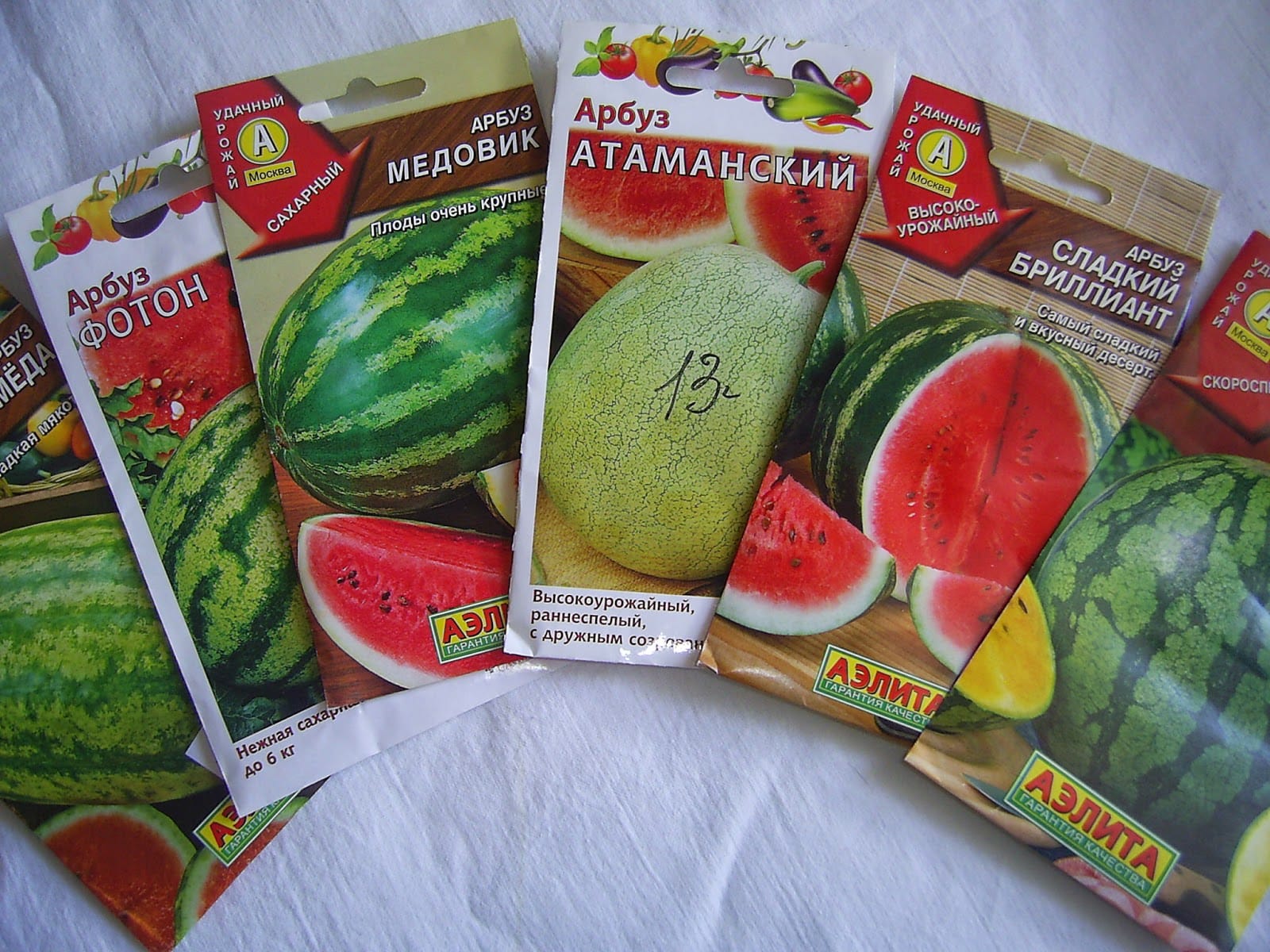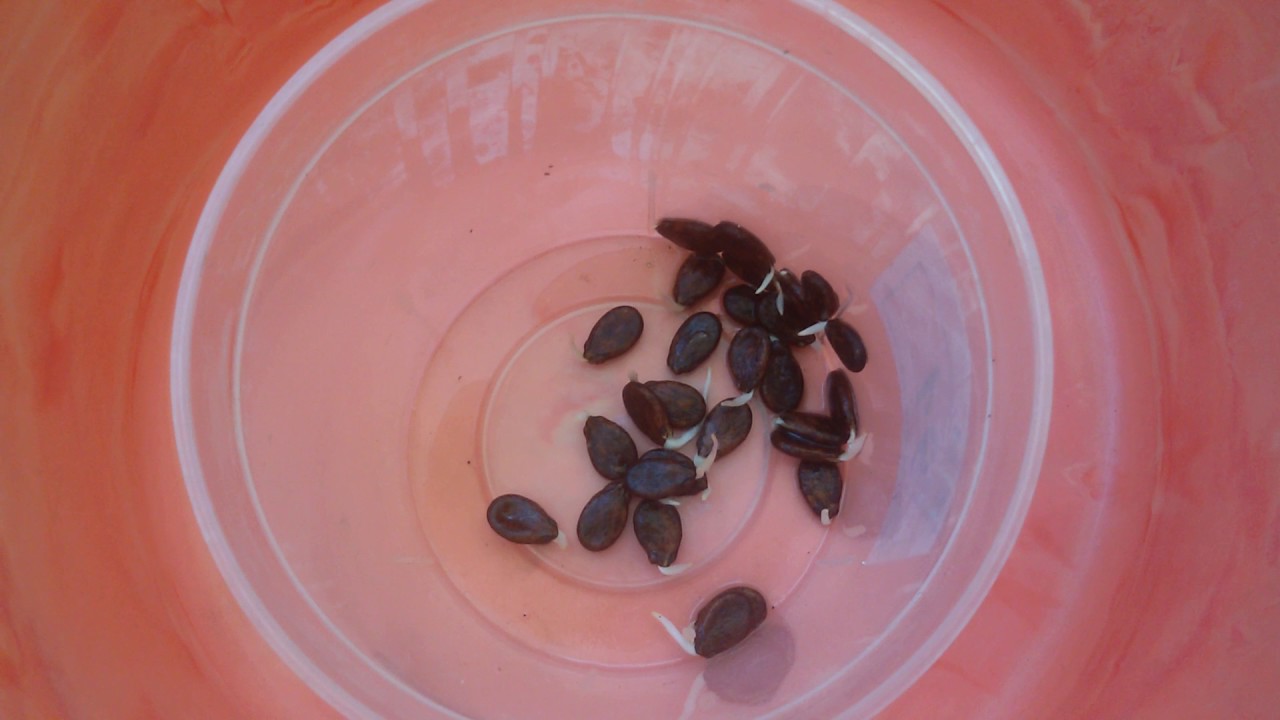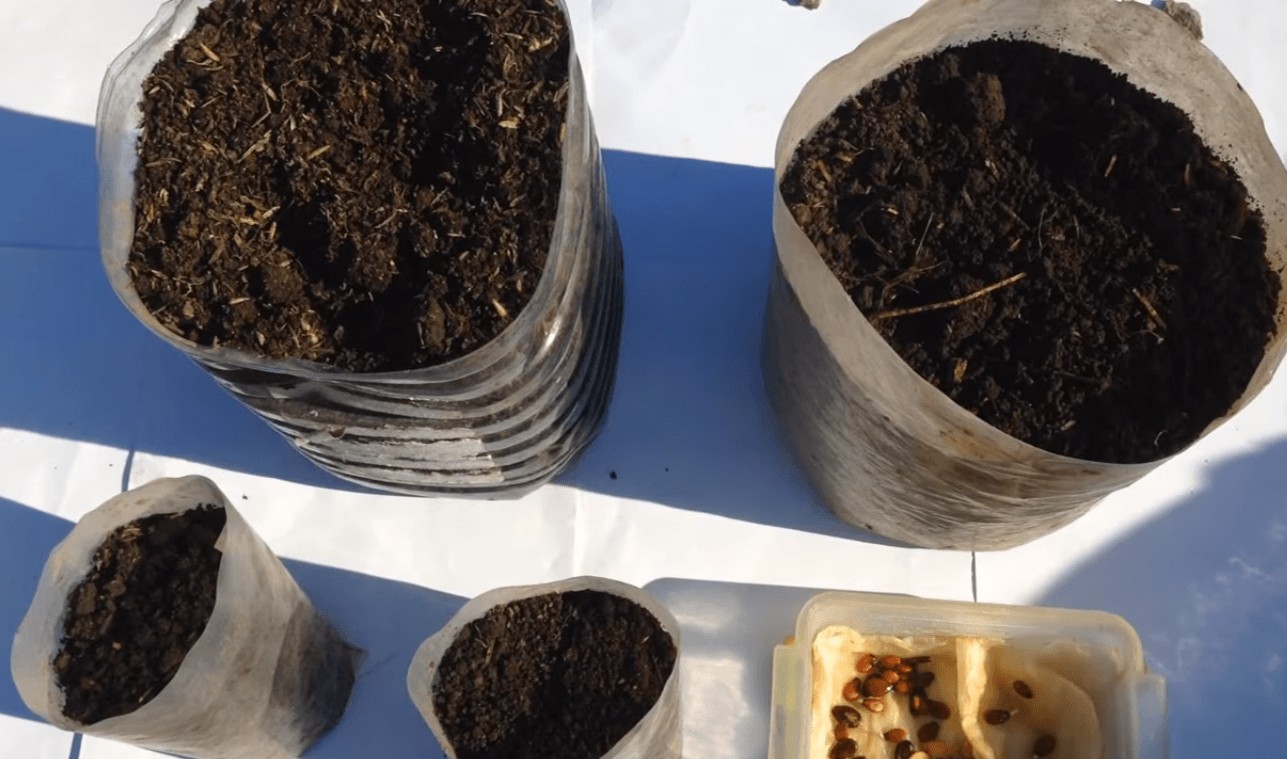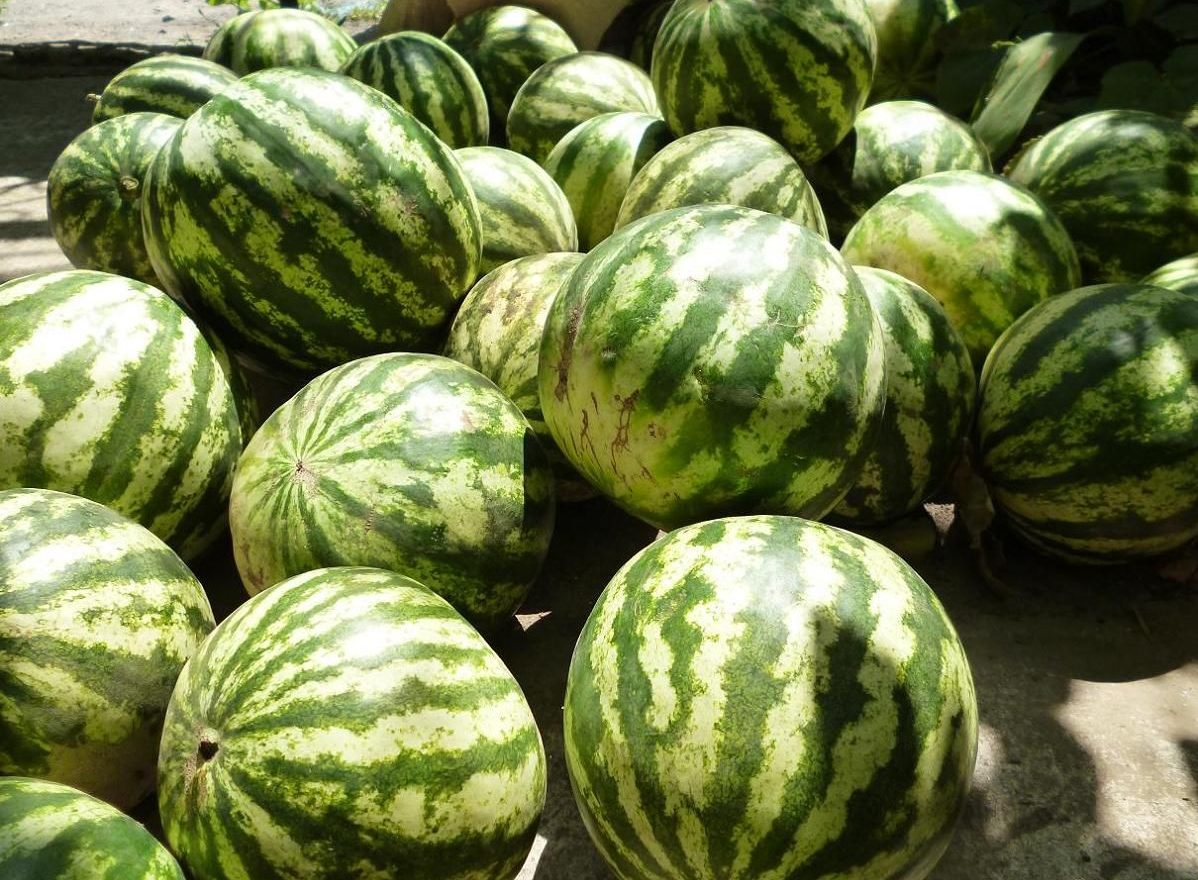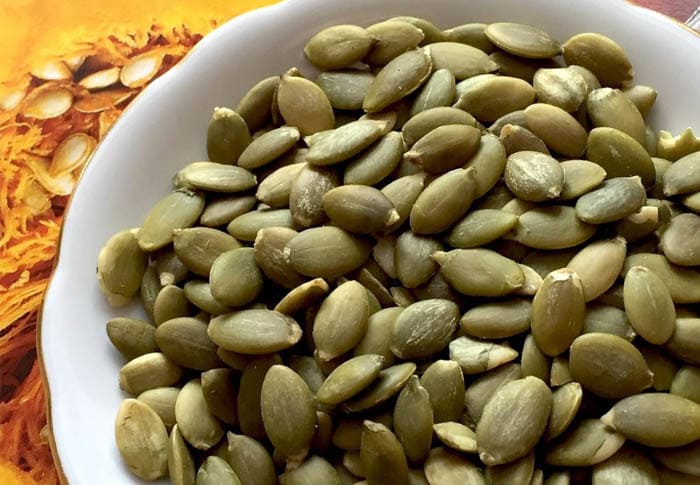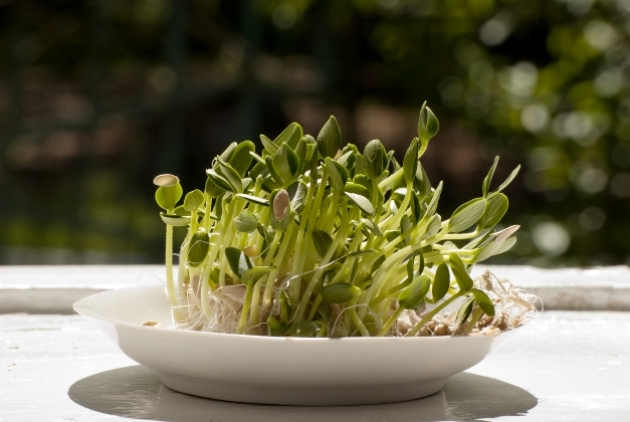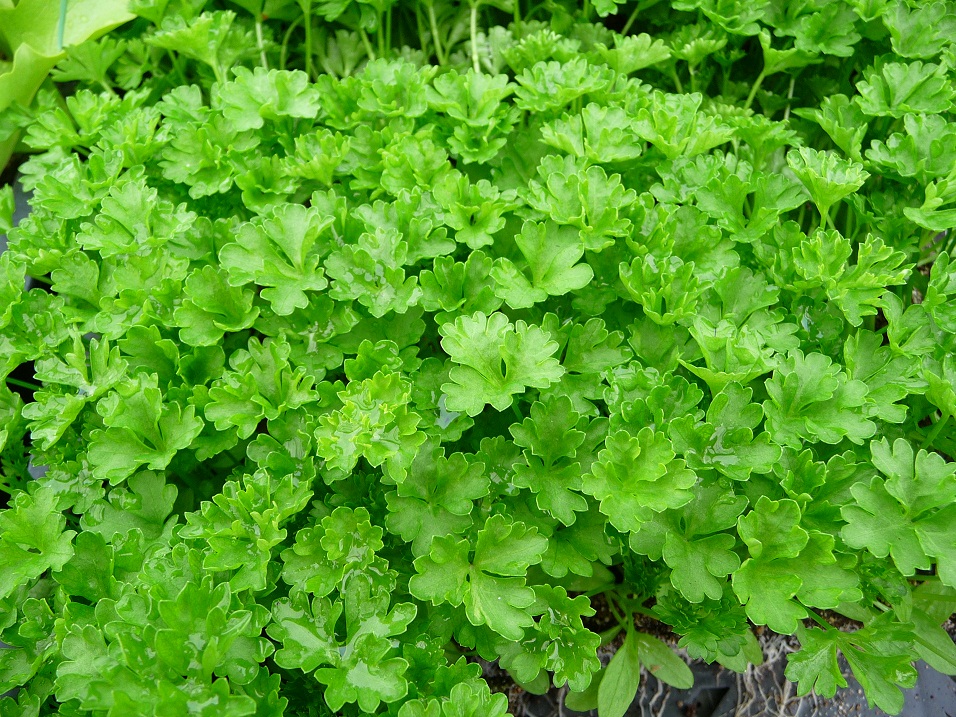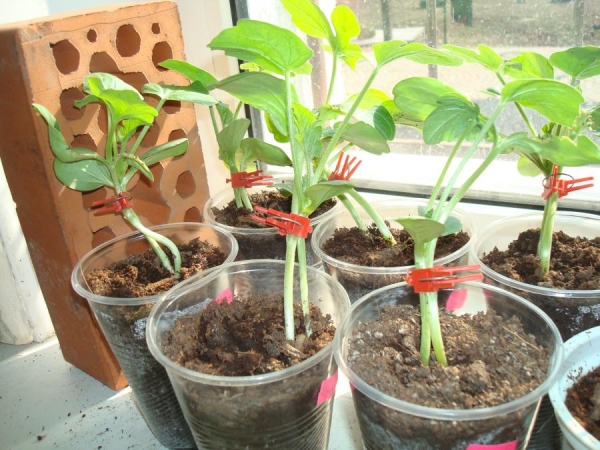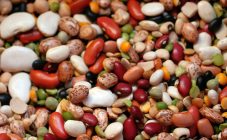Content:
Watermelons are among the most widespread melons and gourds. But attempts to grow them are far from successful for everyone. Sometimes the seeds germinate poorly, grow slowly, the fruits are small and do not ripen by time. If you have not managed to get a decent harvest, do not give up. The solution to problems with seedlings and plant development is extremely simple: you just need to correctly approach the initial stage of their life - planting from seeds. How to germinate watermelon seeds before planting and what else needs to be done for a good harvest? It is worth understanding this in detail.
Growing watermelons from seeds
Many gardeners use seed germination as a technique to speed up the emergence of seedlings. But, as a rule, they germinate the seeds of vegetables, the more popular crops that are often eaten. And the germination of watermelon seeds is considered troublesome and even unnecessary. It is those who hold this opinion that most often remain without a crop. So that the work is not wasted, it is enough to know how to germinate watermelon seeds.
Watermelons are grown in two ways: seedling, suitable for the Central belt and the northern regions of the country, and reckless, practiced mainly by melon growers in the south. The latter, having become adept at growing melons and watermelons, do not neglect germination, although the warm climate is already favorable for delicate plants.
The benefits of germination
Of course, germination is not a panacea for all the problems associated with obtaining a decent harvest of watermelons. However, this method has several advantages worthy of attention:
- The seeds give amicable shoots. When sowing dry seeds, the shoots appear unevenly, when one seedling is already producing true leaves, the other is just emerging from the ground. Such inconsistency leads to the fact that many plants do not have time to form fruits on time, while others have already safely passed the fruiting period and began to die off;
- The strong are the first to rise. When germinating, it will be immediately visible which of the seeds gave healthy, viable shoots. For a small garden bed, you can select the best for planting;
- Facilitates the care of seedlings. Amicably growing seedlings have the same needs for watering and fertilization, it is more convenient to take care of them;
- A large percentage of germination and survival. If the seeds have sprouted or at least nailed, the abundance of seedlings is guaranteed. It is not always possible to predict whether dry seeds, even high-quality ones, will sprout;
- Acceleration of harvesting. When used for planting germinated seeds, the fruits can be removed from the melon two weeks earlier than usual.
There is only one downside to germinating watermelon seeds: you have to spend time and effort on painstaking care of the seeds. However, the spent resources will certainly pay off with a good harvest.
Rules for sprouting watermelons
First you need to select suitable seeds. They must be large, full, undamaged, and among the varieties that are optimal for growing in the area.
Then there is a quality check in the following way. Pour 1 tablespoon of salt into ½ glass of water, stir. The seeds are immersed in the resulting solution. Those that remain at the bottom are good for germination.They are washed with clean water and dried. Substandard surfaced are removed. If the seeds have not been pickled, you will need to do this yourself to protect them from disease. The process is simple: first you need to prepare a solution of potassium permanganate at the rate of 1 g / 100 g of water. Next, watermelon seeds are immersed in the resulting liquid for 20 minutes. Then they are washed again in clean water, preferably running water.
To saturate the seed with nutrients and accelerate germination, you can use growth stimulants such as Heteroauxin. To do this, the drug is diluted with water in the proportion indicated on the package, and the seeds are immersed in it for 10 hours. You do not need to rinse them after that, just dry them.
After 10 minutes, the seed is placed in cheesecloth, folded several times. The fabric is placed in a flat container such as a saucer and placed in a warm place. It remains only to monitor the condition of the seeds and moisture: the gauze should not dry out. But you don't need to fill it with water either. To reduce evaporation, the container is covered with polyethylene.
If there are not so many seeds, but there is enough time, you can further speed up the germination process by carrying out scarification. For this, the selected and calibrated grains are processed with sandpaper. More precisely - the nose of the seed is slightly grinded. This will make it easier to bite.
Germination time
Provided that all the above procedures were carried out correctly, the seeds will be ready for sowing in a week. Germination can be delayed if preliminary soaking in hot water has not been carried out. It is more difficult for the sprout to break through the unfilled skin. Failure to comply with the temperature regime can also slow down the germination rate.
Melon growers, who are seriously engaged in breeding watermelons, install special systems that increase the temperature under the container with seeds from 20 to 50 ° C. Do you need bottom heating - everyone decides for himself. The seeds will have enough heat at 20-30 ° C for germination.
Possible difficulties during germination
Seeds may not germinate in the following cases:
- Selected old and dried ones. It is hardly worth waiting for seedlings from low-quality material, you will have to purchase a new batch of seeds and start all over again;
- The temperature regime is not observed. Perhaps the seeds are too cold and it is worth finding a warmer place for them. How many days after sowing watermelons emerge depends mainly on the temperature of the soil and air;
- Soaking was not carried out. You will have to wait a little longer until the thin sprout breaks through the thick seed skin;
- Low humidity. If the gauze and seeds in it are dry, you need to moisten them abundantly with water. Otherwise, you will have to sow not sprouted, but dry seeds.
Growing watermelons from germinated seeds
After the seeds of the watermelon have sprouted, it is time to plant in the soil. Those who live in regions with a warm climate can grow melons directly in the open field, and the seedling method is optimal for residents of the northern regions and Central Russia. It is worth dwelling on both methods in more detail.
Sprouted seedlings
After the sprouts appear, it's time to acquire containers for seedlings. They can be cut plastic bottles, yogurt jars. If possible, it is better to purchase special peat cups with a diameter of about 10 cm. The next step is to fill the cups with the seedling substrate. For watermelons, cucumber soil, which is sold in specialty stores, works well.You can independently prepare a mixture of equal parts of sand, turf soil and humus. It doesn't hurt to add some ash.
Further, a 3 cm depression is made in the middle, which is carefully spilled with water. Then a seed is lowered into the hole.
Then the seed is sprinkled with earth on top, and the container is covered with a film and removed to a warm place (not lower than + 25 ° C). The seeds do not need sunlight yet. In about 10 days, the seedlings will rise above the ground. When this happens, the containers with the seedlings are moved to a well-lit place, where they are grown for another 20 days. It may take a little more time. It depends on how many days the seeds of the watermelons sprout after sowing. The last 5 days before planting in the ground, the seedlings are hardened, taking them out into the air in the daytime.
If a cold-resistant grade is used, quenching is not necessary.
General care of seedlings during growing is simple:
- The lighting must be adequate. If the weather is not happy with sunny days, you will have to arrange additional lighting. Otherwise, the seedlings will stretch out. It is also worth turning flexible plants with their other side to the light every day;
- It is not worth watering too much watermelon. It is enough to moisten the soil with warm, settled water when it dries to a depth of 1-1.5 cm. At the same time, you should try not to get on the leaves so as not to cause sunburn. The watermelon does not need spraying;
- Feed seedlings it is possible a week after germination and 7 days before disembarking to a permanent place. To do this, take such funds as Agricola Forward (5ml / 1l of water), Fertika Lux (1g / 1l), Uniflor Grow (2ml / 1l of water). Fertilizers are applied after watering, 1 tablespoon per container.
Planting seeds in open ground
If it is decided to plant sprouted seeds directly into the ground, you should not rush into this. The optimal time for planting is the end of April. If the weather does not spoil with warmth, it is better to wait until May.
A watermelon will need a fairly large area for the development of lashes. There is a planting scheme in rows, when the distance between the holes is 1 m, and between adjacent rows is 2 m. At the same time, 5-7 seeds are sown in 1 hole and subsequently only one, the strongest and healthiest seedling is left.
If the second planting scheme is used - the square-nesting method, then an interval of 70 - 280 cm is left between adjacent holes, exactly how much space is needed depends on the variety.
The seeding depth also depends on the variety. Small-seeded seeds are planted by 4-6 cm, large-seeded ones - by 6-8 cm. If the seeds are buried too much, the seedlings will appear quite late. The structure of the soil also matters when planting. The seeds are planted shallowly in loam, and a couple of centimeters deeper in sandy soils.
Plantings can be covered with foil to further protect from the cold. This is especially important if the differences in day and night temperatures are significant. You can hide sprouts under cover at night until June, during cold and rainy summers and longer.
Watering should be abundant, but not too frequent, 1-2 times a week will be sufficient. After the beginning of flowering, watering is reduced, and after the formation of fruits, they can be stopped altogether.
After the appearance of 3-4 small fruits, pinch the top of the plant. Watermelons, especially in the northern regions, do not have time to form all the emerging ovaries into full-fledged fruits, so the quantity will have to be sacrificed for the sake of quality.
They are often attacked by aphids, scoops, wireworms. As soon as the first signs of damage are noticed, the plants are immediately treated with special insecticides.
Sometimes watermelons in the open field get sick. They are susceptible to the same diseases as cucumbers: anthracnose, ascochitosis, powdery mildew, peronosporosis.Accordingly, the same means are used for prevention as on cucumbers: Orlan, HOM, Obiga-Peak, colloidal sulfur.
Growing watermelons from seeds that are prepared for planting in advance greatly increases the chances of a good harvest. The work of the gardener will not be wasted, and it is not a sin to boast of juicy fruits in front of the neighbors, inviting them for a treat.
